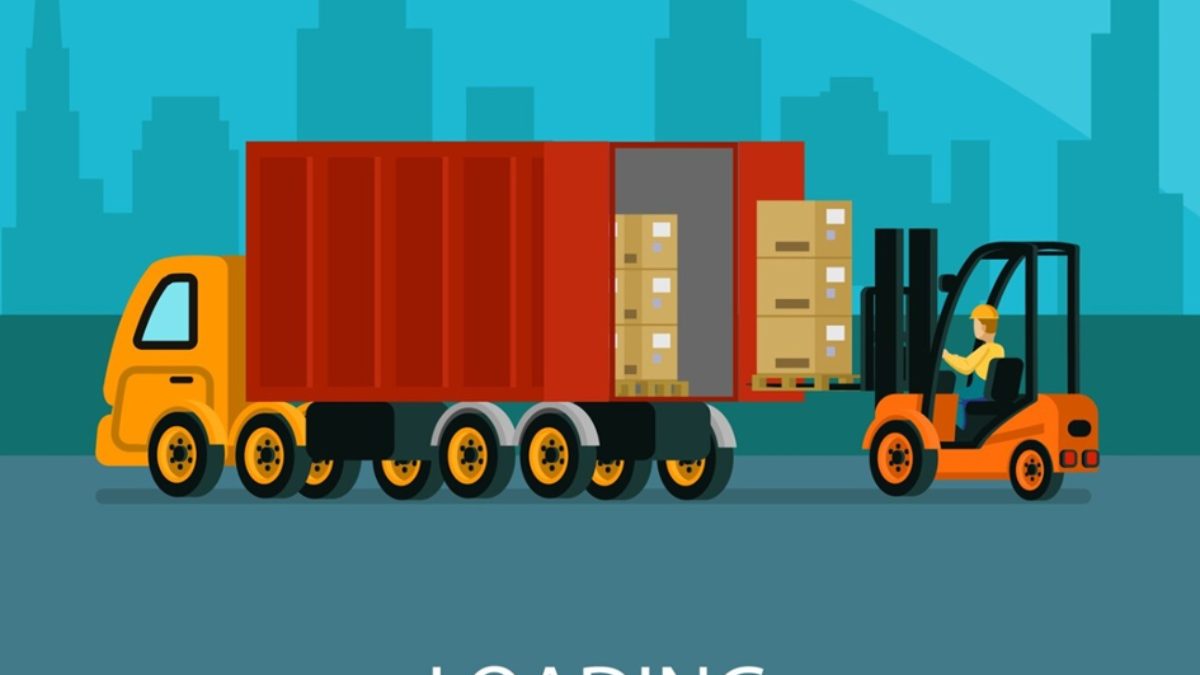Imagine a logistics system where every centimeter of cargo space is maximized, where loading time is minimized, and where transportation costs are dramatically reduced. All of this and much more is made possible by modern loading software. In this article, we will reveal how these innovative tools work, what advantages they bring, and why no modern transport company will soon be able to operate without them.
In an era where efficiency and accuracy play a crucial role in logistics, cargo loading software is becoming an indispensable tool for optimizing transportation processes. Let’s take a look at how this technology works and what advantages it offers you.
Table of Contents
The Functioning Principle of Truck Loading Software
Cargo loading software uses advanced algorithms and 3D modeling to create an optimal loading plan. This process involves several key steps:
- Data Collection: The system gathers information about the dimensions, weight, and specific requirements of each cargo item.
- Cargo Space Analysis: The loading software creates an accurate 3D model of the available space in the truck or container.
- Layout Optimization: The algorithm calculates the most efficient way to place the cargo, taking into account factors such as weight distribution, stability, and unloading order.
- Visualization: The resulting loading plan is displayed in an interactive 3D environment, allowing for easy control and possible manual adjustments.
- Instruction Generation: The system generates detailed loading instructions that you can easily pass on to warehouse personnel.
Revolution in Efficiency: Benefits of Loading Optimization Software
Implementing loading software brings a number of significant advantages for logistics operations:
- Maximized Space Utilization: Loading software can increase the utilization of cargo space by up to 30%, leading to fewer deliveries needed and a reduction in transportation costs.
- Time Savings: The automated planning process for loading dramatically shortens the time required to create an effective loading plan. What used to take hours now takes just a few minutes.
- Reduction of Errors: The human factor in load planning often leads to inefficient space utilization or errors in weight distribution. Loading software eliminates these issues.
- Weight Distribution Optimization: Proper cargo distribution ensures the safety of transportation and reduces vehicle wear. Loading software automatically optimizes weight distribution for maximum stability and efficiency.
Integration of Loading Software into Logistics Processes
Loading software is not an isolated tool; it is part of a broader ecosystem of logistics technologies. Integration with existing systems, such as ERP (Enterprise Resource Planning) or WMS (Warehouse Management System), enables a seamless flow of information across the entire supply chain. This leads to an unprecedented level of coordination and efficiency. For example, container loading software automatically receives order data from the ERP system, optimizes their allocation into individual shipments, and creates efficient loading plans. These plans are then transferred to the WMS, which manages the physical loading process in the warehouse. This seamless integration not only streamlines processes but also minimizes the risk of errors that can occur during manual data transfer between different systems.
The Future of Logistics with Loading Optimization Software
As the pressure for sustainability and efficiency in logistics continues to grow, the role of loading software is becoming increasingly important. Future developments are expected to bring even more sophisticated algorithms capable of responding in real-time to changes in traffic conditions or customer priorities. By integrating artificial intelligence and machine learning, loading software will achieve predictive optimization capabilities, allowing it to foresee potential issues and propose alternative solutions before they arise. At the same time, a greater emphasis on user-friendliness and intuitive controls is anticipated, enabling even less technically proficient workers to effectively utilize these tools. Loading software will thus evolve into not only a tool for optimization but also a platform for strategic decision-making in logistics, allowing companies to quickly adapt to changing market conditions and customer demands.
How Can Cargo Loading Software Help You?
The key to success lies in a thorough analysis of existing processes and the identification of areas with the greatest potential for optimization. Staff training also plays a crucial role—even the most advanced loading software is only effective in the hands of a well-trained team. With the increasing digitalization of logistics, cybersecurity is also gaining importance. Companies implementing loading optimization software must ensure robust protection of sensitive data regarding cargo and routes. Loading software has significant potential in the realm of sustainability. Optimizing the use of cargo space and reducing the number of deliveries, directly contributes to lowering the carbon footprint of the logistics sector. This is not just an ethical imperative but is also becoming a competitive advantage.
If your company has not yet taken advantage of cargo loading software, now is the time to change that. Start with an audit of your logistics processes, explore available solutions, and don’t hesitate to request a demo. Investing in quality loading software is a strategic step towards long-term competitiveness in modern logistics.
Source: https://www.easycargo3d.com/en/ and https://acropolium.com/blog/load-planning-software-features-types-and-benefits/

